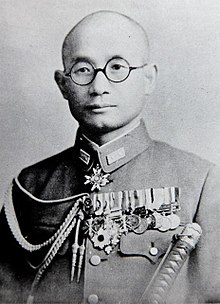In June 1898 during the Philippine revolution, about 50 Spanish green conscripts under the command of Enrique de las Morenas were sent to the town of Baler, some 200km north-east of Manila.A "rebel" Katipunan group under command of Teodorico Novicio Luna was known to be operating on the area of Baler.
 |
| Portrait of Novicio Luna at the Museo de Baler. |
Shortly after their arrival in town and fearing a rebel attack, las Morenas ordered its troops to garrison in the church. The rebel attack occurred just a few days later, starting a siege of the church that lasted for 337 days.






